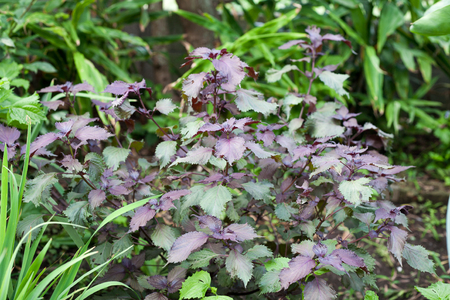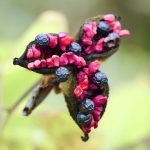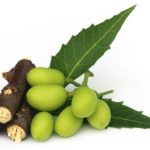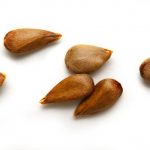
Perilla seed oil is very rich in the essential fatty acids α-linolenic acid (18:3) and linoleic acid (18:2). It is commercially grown in India where it is called hanshi, in Japan where it is called shiso, and in China. It has a number of reported health benefits.
The plant, Perilla frutescens (l.) Britt. is an annual, aromatic herb which was originally cultivated for its edible seeds in Northeast India. The seeds are usually fried to prepare a delicacy or combined with vegetables or cereals. It has an important nutrient contribution to make in terms of its fat and oil content (Longvah and Deosthale, 1991).
Perilla Seed Oil Composition
The oil itself constitutes between 39% and 52% of the seed dry weight. The protein content ranges from 17% dry weight. The fatty acid profile is rich in the polyunsaturated fatty acids, mainly linolenic acid (57%) and linoleic acid (18%) which rivals seed oils from linseed, flax and soybean. The omega-6 fatty acid content is about 14% and the ratio of omega-3 to omega-6 is between 3.9 to 4.6 to 1 (Longvah et al., 2000). It may also be a useful alternative to fish oils.
The seed oil has been used as a drying oil for paints and lacquers (Derksen et al., 1995) but more recently marketed to reduce inflammation, especially in allergenic attacks and asthma. Part of its action is claimed to act as an inhibitor of leukotriene synthesis (Okamoto et al., 2000 a and b). The leukotrienes are one of the initiators of histamine release in mast cells. It is also being compared to fish oils in its activity to protect brain mitochondrial function (Eckert et al., 2010).
References
Derksen, J.T.P., Cuperus, F.P., Kolster, P. (1995) Paints and coatings from renewable resources. Ind. Crops and Products. 3(4) pp. 225-236
Eckert GP, Franke C, Noldner M, et al.(2010) Plant derived omega-3-fatty acids protect mitochondrial function in the brain. Pharmacol Res. 61(3): pp. 234-241.
Longvah, T., Deosthale, Y.G. (1991) Chemical and nutritional studies on hanshi (Perilla frutescens), a traditional oilseed from northeast india. JAOCS 68 (10) pp. 781-784
Longvah, T., Deosthale, Y.G., Kumar, P.U. (2000) Nutritional and short-term toxicological evaluation of Perilla seed oil. Food Chem., 70 pp. 13-16
Okamoto, M., Mitsunobu, F., Ashida K., Mifune, T., Hosaki, Y., Tsugeno, H., Harada, S., Tanizaki, Y., Kataoka, M., Niiya, K., Harada, M. (2000a) Effects of perilla seed oil supplementation on leukotriene generation by leucocytes in patients with asthma associated with lipometabolism. Int. Arch Allergy Immunol 122 pp. 137–142.
Okamoto, M., Mitsunobu, F, Ahida K, Mifune, T., Hosaki, Y., Tsugeno, H., Harada, S., Tanizaki, Y. (2000b) Effects of dietary supplementation with n-3 fatty acids compared with n-6 fatty acids on bronchial asthma. Intern Med. 39(2) pp. 107-11.
1st written 20th Sept. 2011



I wasn’t sure when I read this whether I could substitute avocado oil with this oil. I grow lots of Perilla in the garden which got me wondering whether I might grow it commercially myself as I have a small-holding. Would be interested to know what the economics are behind this crop. Nice plant to grow – my wide thinks its really pretty.